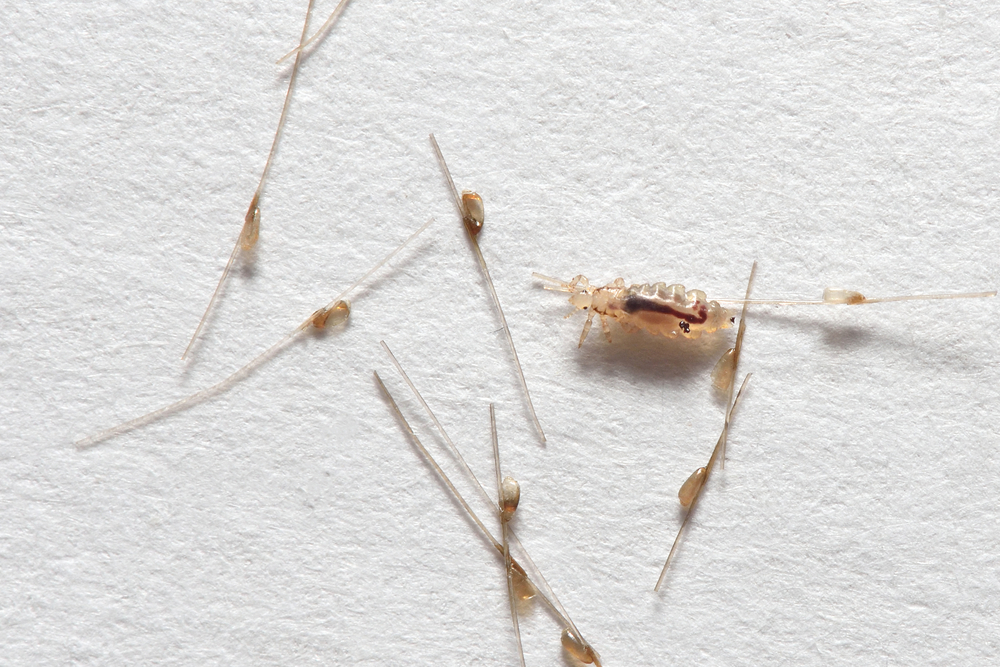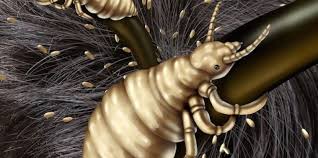Table of Contents
Introduction to louse egg nyt
louse egg nyt: Louse eggs may not be the primary aspect that involves the mind when you think about puzzles; however, if you’ve tackled a New York Times crossword recently, you recognize they can pop up in surprising clues. These tiny critters have made a call for themselves—not simply as an annoyance but also as a curious topic for minutiae enthusiasts and puzzle fans alike. Whether you are here because the clue stumps you or need to study extra about these pesky little eggs, you’ve got to come to the proper location. Let’s discover what louse eggs are all about and find their secrets collectively!
What are Louse Eggs?

Louse eggs, usually known as nits, are the tiny oval-fashioned offspring of lice. They hold tightly to hair strands near the scalp, making them tough to spot. Typically yellow or white, nits are frequently incorrect for dandruff or hair products. However, their form and attachment approach set them aside. Each lady louse can lay up to 8 eggs in keeping with the day. These eggs hatch every week and hold the lifestyle cycle of those pesky parasites.
Nits aren’t easily eliminated with regular washing or brushing. They eventually require precise treatments and cautious interest in elimination approaches. Understanding what louse eggs appear to be is essential for a powerful remedy. Catching an infestation early can prevent it from spreading to family members or friends.
How to Identify and Remove Louse Eggs?
Identifying louse eggs, also called nits, can be difficult. These tiny oval-fashioned specks hang tightly to the hair shafts near the scalp. Their size resembles a pinhead and can vary in shade from white to yellowish-brown. To spot them successfully, use a wide-toothed comb after applying conditioner to damp hair. This technique facilitates losing any nits stuck in place. When it comes to removal, staying power is fundamental.
Gently pull each nit off together with your arms or the comb, ensuring you do not simply dislodge them but altogether remove them. Consider using over-the-counter remedies especially designed for lice elimination. Follow instructions cautiously for protection and effectiveness. After treatment, wash all bedding and apparel in warm water—vacuum regions where infested individuals frolicked to prevent re-infestation. Staying diligent throughout this process will help ensure the complete eradication of those pesky invaders.
Common Myths About Louse Eggs
Many misconceptions surround louse eggs. One established delusion is they best affect grimy hair. In reality, lice can thrive in easy or unwashed hair alike. Another common perception is that lice transmit sicknesses. Thankfully, lice are more of a nuisance than a health risk; they do not spread infections. Some assume you cannot trap lice if you don’t share non-public gadgets like hats or combs. However, close head-to-head contact remains the number one manner to agree with them.
Additionally, humans often consider home treatments like mayonnaise or essential oils effective for removing louse eggs. While these strategies may additionally deter some pests quickly, they rarely wholly eradicate infestations. Many expect kids to be the ones most at risk from infestation. However, adults can also get lice and must be aware of their presence!
The New York Times Clue for Louse Eggs
The New York Times crossword puzzle frequently features captivating clues that challenge even the most seasoned solvers. One such clue is “Louse egg,” which could stump many.
Game enthusiasts may experience a mixture of curiosity and frustration when it appears. The answer refers typically to “nit,” which is the term for a louse egg. This tiny creature’s life cycle begins when a grownup female lays eggs at the hair shafts of her host. Crossword fanatics appreciate those clever clues because they spark studying lesser-known facts in biology and fitness. Each time “louse egg” pops up, it’s now not just a puzzle but an opportunity for discovery. Whether finishing your daily puzzle or diving into trivialities, knowledge phrases like nits add intensity to your knowledge while keeping your mind cells engaged.
The Answer and Solution Explained
The solution to the New York Times clue concerning louse eggs generally points to “nits.” Nits are tiny, oval-shaped eggs laid by way of adult lice. They cling tightly to hair strands, making them tough to spot. When tackling an infestation, it’s crucial to use specialized remedies designed for lice removal. These often involve topical answers that focus on each live lic and nit. Manual removal is likewise consequential. Using a high-quality-toothed comb can help efficiently eliminate those cussed eggs from the hair.
After treatment, wash all bedding and apparel in warm water. This step prevents reinfestation by killing any remaining lice or nits on fabrics. Regular exams after treatment will further protect against any lingering problems. Keeping a vigilant eye could make all the difference in managing louse egg worries efficiently.
Conclusion
Understanding louse eggs may be essential for retaining non-public hygiene and stopping infestations. Louse eggs, or nits, are small, oval-shaped deposits commonly observed in hair close to the scalp. Learning how to discover them is fundamental to effective removal. Identifying louse eggs includes searching carefully at the hair shafts using a nice-toothed comb or magnifying glass. They often seem like tiny yellowish-white specks that dangle tightly to the hair. Once you notice them, getting rid of them directly is essential to save you in addition to spreading.
Myths surrounding louse eggs abound, with many believing they only affect people with negative hygiene. This false impression could not be more untrue; everyone can get lice regardless of the cleanliness range. The New York Times crossword clues offer an exciting twist on this topic by prompting solvers to think about everyday problems like lice in an amusing and tasty manner. The “louse egg” clue demands players’ information and recognition of commonplace pests.
When fixing those clues correctly, expertise terms like “nit” become vital for achievement in puzzles and real-life situations related to head lice remedies. Lice may seem daunting at first glance, but armed with proper information about their existence cycle and identity techniques, tackling infestations is manageable. Keep your eyes peeled for symptoms and live informed—in any case, prevention is better than therapy when handling pesky little nuisances!
FAQs:
Q: What’s the “louse egg nyt” answer?
A: “Nit.”
Q: What does “louse egg nyt” mean?
A: It means “nit,” a louse egg.
Q: What’s a “louse egg nyt” clue about?
A: It’s about identifying “nits,” the eggs of lice.
Q: Is “louse egg nyt” hard?
A: It’s tricky, but the answer is “nit.”
Q: How do you solve “louse egg nyt”?
A: The answer is “nit.”
Q: What does a “louse egg nyt” clue teach?
A: It teaches about “nits,” lice eggs.
Q: What does “louse egg nyt” refer to?
A: It refers to “nits,” the eggs of lice.
Q: Is “louse egg nyt” in other puzzles?
A: Yes, it’s common in many crosswords.



